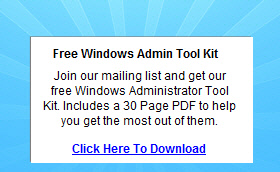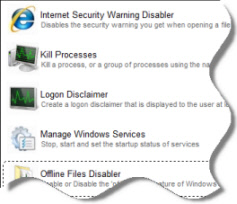Hi,
I am setting up a single tier service template that simply installs the symantec endpoint protection client onto a virtual machine at as a pre-install script running a batch file from a custom resource package I created. The application installs (with a reboot pending on the application) however I get a load of error messages telling me that the service has failed to install.
The details are as follows:
Custom Resource Package = setup.exe, scvmmcrt.cr, InstallSEP.cmd
Install.cmd is below:
echo Installing Symantec Endpoint Protection...
start /wait Setup.exe
if errorlevel 1 (
echo "SEP installation failed."
exit 1
goto EOF
)
echo Symantec Endpoint Protection installed.
:EOF
The application profile has this to run under the system account with 500sec timeout. I did try to change the advanced settings to enable logging but for some reason these settings will not apply and they always change back to default for some reason?
The errors I get are listed below:
Error (22042)The service TESTSVC1 was not successfully deployed. Review the event log to determine the cause and corrective actions.
Recommended Action
The deployment can be restarted by retrying the job.
Error (22753)
The script command with properties: Type (PreInstall), Deployment Order (1) and Parent Type (ApplicationProfile), failed to complete successfully. Refer to the errors list for more information.
Recommended Action
If the script command's job restart action is set to restart, then the script will be re-executed. Otherwise, the script command will be skipped when the job is restarted, in which case corrective action should be taken to mitigate the effects of the script command failure.
Error (22631)
The script command exit code 1 matched the failure policy setting "Match any value other than zero." Standard output log data: "Installing Symantec Endpoint Protection...
"SEP installation failed.""
Recommended Action
If the script command's job restart action is set to restart, then the script will be re-executed. Otherwise, the script command will be skipped when the job is restarted, in which case corrective action should be taken to mitigate the effects of the script command failure.
Error (20400)
1 parallel subtasks failed during execution.
Error (21952)
Application deployment failed for one or more tiers or application hosts in the service TESTSVC1. Check job logs to get more information on the failed operation.
Recommended Action
Check error messages and retry the operation if needed.
Any Ideas where I am going


